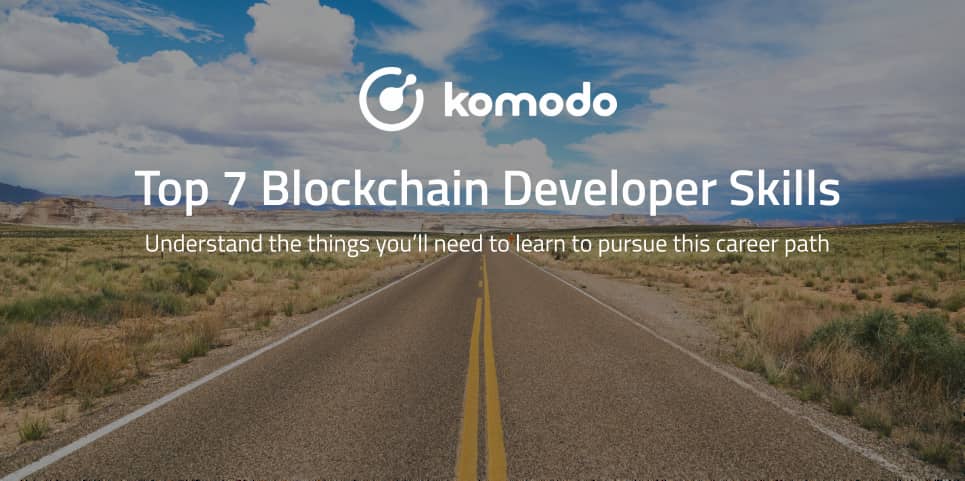Gaining blockchain developer skills requires time, energy, and patience. Not only do you need to go in-depth into various technical topics but also be willing to continuously learn about how to work with new technologies as they emerge.
Blockchain developers are often creating innovative products that have never existed before, which requires creative thinking and problem-solving skills. Before you dive into this guide, be sure to also check out our guide about how to become a blockchain developer.
Overview of Blockchain Developer Skills In Demand
- Software development experience
- Open-source technology experience; developing, designing, testing, and deploying APIs
- Understanding of data structures and algorithms
- Knowledge of C++, Golang, Java, or other languages for protocol development
- Understanding of smart contracts
- Understanding of peer-to-peer (P2P) networks
- Familiar with public key cryptography
Top 7 Skills Required For Blockchain Developer Careers
The seven blockchain developer skills mentioned below are widely regarded as foundational components to starting a career in blockchain development. Note that there are a lot more skills you’ll need to learn, but is an excellent start! At the end of this guide, we’ll look at a few intangible skills that are needed to excel in this field.
1) Software Development Experience
Most people who enter the blockchain space as a developer have previous software development experience. Initially, this was the industry norm just because blockchain technology itself was really complicated and still very new. Now that blockchain technology has been around for over a decade, we are beginning to see more developers who start their careers in this field rather than more traditional tech sectors. However, make no mistake about it, software development experience of some kind is especially beneficial to have. Intensive training whether it be in university computer engineering courses or immersive study groups is an asset. Even building basic web or mobile apps not involving the blockchain tech side is necessary for learning developer best practices.
2) Application Programming Interfaces (APIs)
An application programming interface (API) is used to interface between various end-user applications. APIs are pervasive in the tech world today, often used in web and mobile applications. For example, if you shop online, an API communicates a request to a server that contains the necessary data and delivers the result back to your device.
APIs are a means of connecting a blockchain node or a client network directly or through another service. For example, many cryptocurrency exchanges use APIs to make it easy to access real-time trading data. APIs are also used to gather data about crypto transactions, account or wallet management, analytics, and security.
While many APIs are only available as a paid service, there are numerous open-source APIs available. As a blockchain developer, you’ll need to know how to integrate existing APIs into your applications. It’s also possible that you’ll be creating your own APIs for other developers who want to use the technology you’re building.
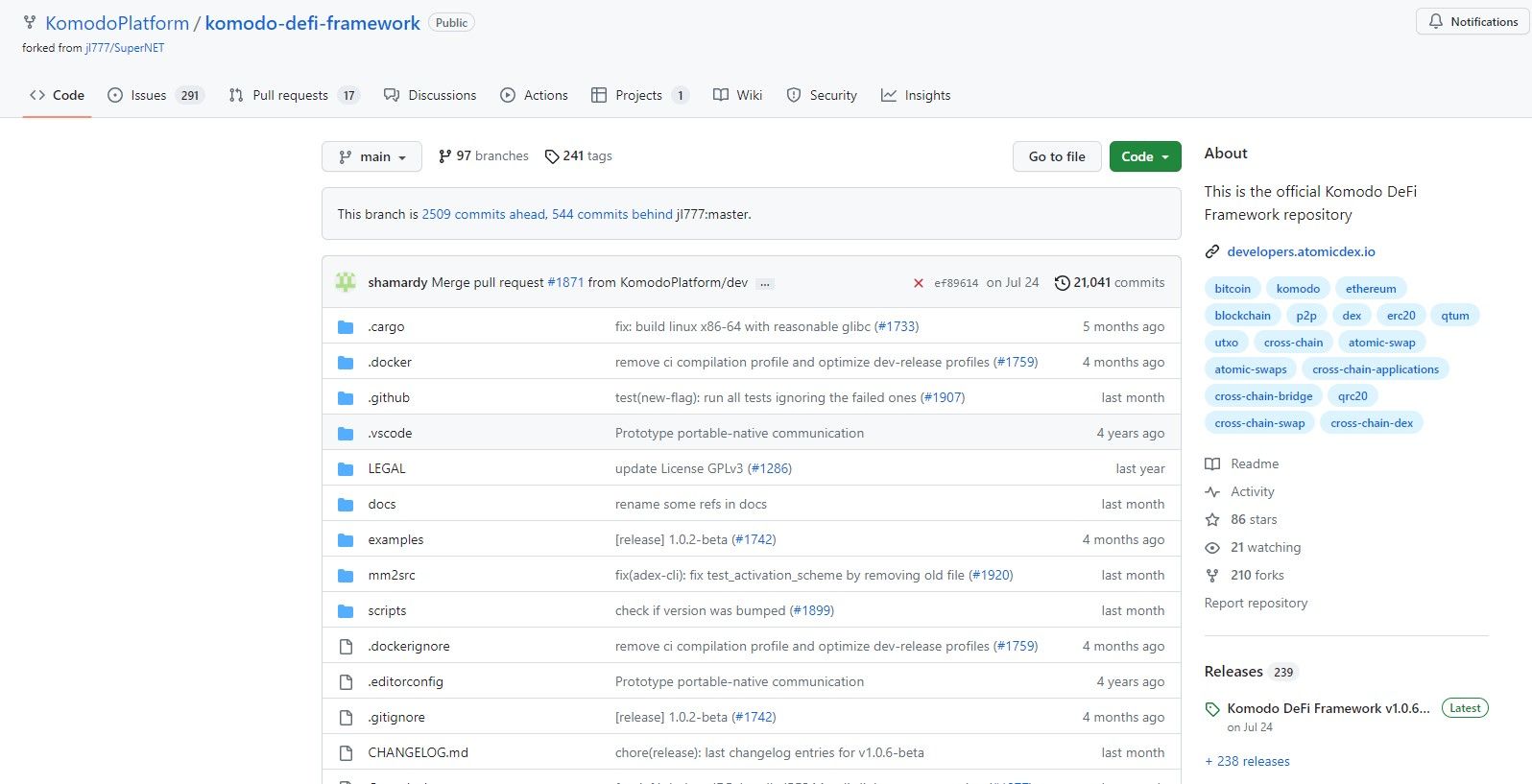
3) Algorithms and Data Structures
Algorithms are the most vital part of blockchain technology. In short, algorithms are the rules or conditions for how a blockchain functions. Consensus algorithms, often called consensus mechanisms, are very important because they verify digital signatures, confirm balances, decide the validity of a block, determine how a block is created, and much more. Popular examples include Proof of Work, Proof of Stake, and Delegated Proof of Stake. Specifically for Proof of Work blockchains, mining algorithms like SHA-256, Scrypt, and Equihash are another type of algorithm that plays a vital role in security. Today blockchain networks use cryptocurrency mining to power trillions of dollars worth of transactions.
An understanding of data structures is also crucial because blockchains themselves are a database in the form of a digital ledger. The two most popular blockchain database models are UTXOs (used on the Bitcoin network). and account/balance (used on the Ethereum network).
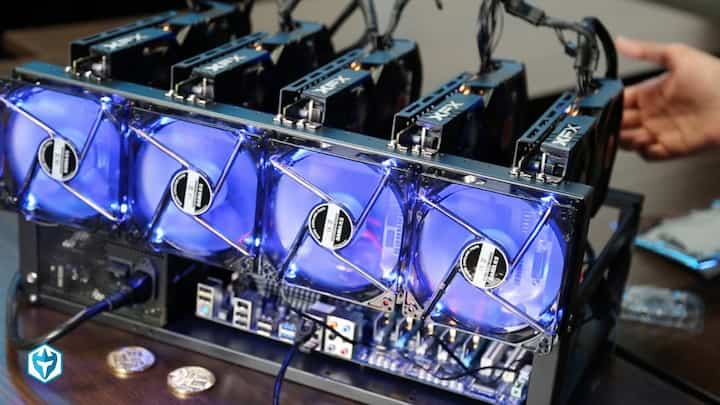
4) Core Blockchain Development
Core blockchain development, also known as protocol-level development, largely focuses on building blockchain protocols, mechanisms for blockchain consensus, network architecture, and security mechanisms for peer-to-peer networks. C++, Golang, and Java are examples used in several blockchain networks. Satoshi Nakamoto wrote the code for Bitcoin Core using C++. Today many Bitcoin forks such as Bitcoin Cash and Litecoin have taken this original Core C++ codebase and continued to modify it to meet the needs of their development communities and users.
With the rise of smart contract platforms and open-source code, core blockchain development might seem less important nowadays, but that’s not the case. Blockchain network cores are steadily being refined. Plus, with the rise of third-generation blockchains like Cosmos, Solana, and others as well as talks of building fourth-generation blockchains, core blockchain development is possibly more valued now than ever before.
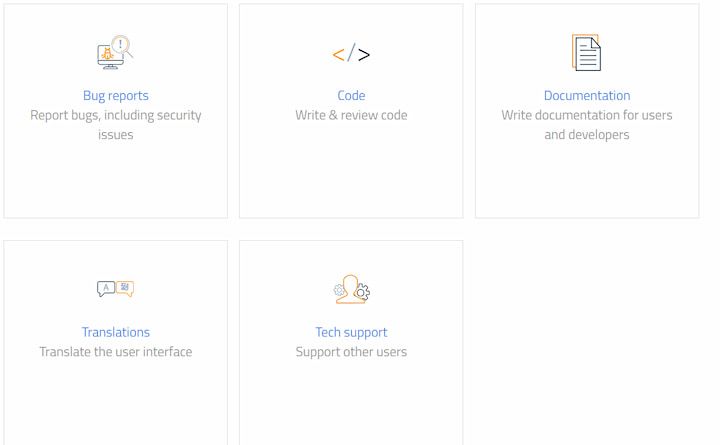
5) Smart Contracts
If the protocol is the foundation for blockchain, a smart contract is the rest of the building. A smart contract is a self-executing contract that runs on a blockchain. The most popular example today is an ERC-20 token smart contract. Solidity is a blockchain programming language mainly used for Ethereum Let’s say you want to build a decentralized application (dApp) development, making it easy for users to quickly and easily generate tokens on a blockchain. ERC-20 tokens can then be listed via IDOs, traded on DEXs, and sent/received in supported crypto wallets. Beyond just asset creation, smart contracts form the basis for the expansion of new blockchain use cases. Let’s say you want to build a decentralized application for a trading protocol, lending/borrowing platform, or even a gaming app. The rules of how the application works are reliant upon the execution of sort of smart contract technology. Although Ethereum made smart contracts popular, it certainly isn’t the only blockchain platform that supports smart contracts. Avalanche, Qtum, Binance Smart Chain, and other protocols also enable developers to create sophisticated apps powered by smart contracts.
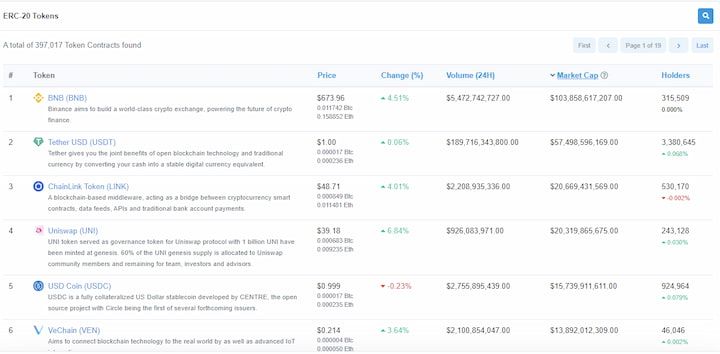
6) Peer-to-Peer Networks
Peer-to-peer (P2P) networks are another extremely important component of blockchain technology. In essence, being P2P is what makes blockchain superior to traditional ledgers that are client-server systems. With a P2P network, each node (computer) in the network can download and upload data, sharing equal responsibility. As a developer, it’s important to know how to set up and run a full node since companies that build applications for sending and receiving crypto transactions often run several full nodes. Even if you don’t want to run a node yourself, it’s a good idea to understand how they help establish blockchain consensus and protect against Byzantine Fault Tolerance. There are even roles for blockchain node developers.
Moreover, it’s important to understand the strengths and weaknesses of each P2P network. For example, some blockchain networks are distributed - meaning there are multiple nodes but one entity or a small group might have control over the network. This could bring into question issues of censorship resistance and security. Meanwhile, other networks are decentralized - meaning a much larger group is responsible for keeping the network secure. Considering these characteristics and how they are applied might even influence your decision to contribute core protocol code or build applications on certain networks over others.
7) Public Key Cryptography
Public key cryptography is widely regarded as the largest catalyst for blockchain technology to go from idea to reality. In 1977, Ron Rivest, Adi Shamir, and Leonard Adleman published the RSA algorithm — the first highly secure public key algorithm for sending and receiving encrypted messages. Today ECDSA has become the implemented public key algorithm for Bitcoin and other blockchain networks. Public key cryptography as it applies to blockchain ensures that once data is encrypted with a public key, it can only be decrypted with a private key. Thus, crypto can be sent without worrying about whether someone else other than the intended person can access the funds. This is true as long as the private key and seed phrase of the intended recipient remains secure.
If public key cryptography is already being used everywhere in blockchain, then you might ask why it’s an important blockchain developer skills? The answer is that algorithms like ECDSA which use elliptic curve cryptography, while secure today, are under threat from the rise of quantum computers that could one day be used to break encryption and endanger the security of blockchain networks. As computers become more powerful, cryptography is anticipated to continue to gain relevance as one of the top blockchain developer skills in demand. Inevitably, more research and development will be needed in the coming years to ensure that quantum-secure public key algorithms are battle-tested so that data sent over blockchains can remain secure.
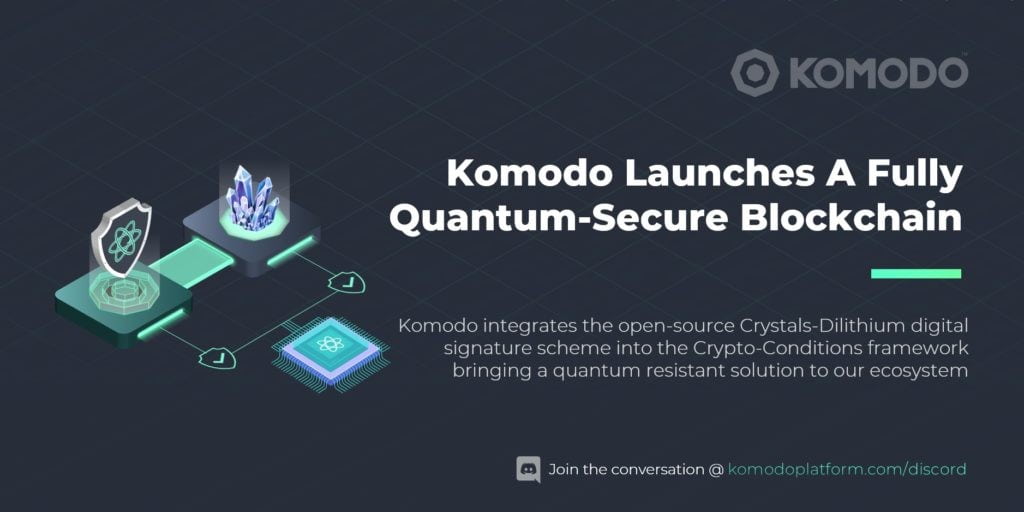
Conclusion and Intangible Skills
Now that you understand some of the most important technical skills required for blockchain developer careers, it’s also nice to briefly walk through some intangible skills you might need. These are a few notable things found on various job descriptions for open blockchain developer positions.
Proactiveness
Oftentimes careers in blockchain development involve working in a startup-like environment. In other words, there may be no one to assign you tasks or micromanage your work. It might be largely up to you to set your own goals. Especially in remote startups, you’ll likely have the flexibility to create your daily schedule. While this might sound like a dream, it takes some getting used to if you have previously worked in a more structured organization.
Problem Solving Mindset
Unlike many other tech fields, blockchain is very much still emerging - and rapidly changing. That means the answers might not always be obvious. Solutions for certain programming challenges might not be available on sites like Stack Overflow quite yet. You might have to ask other developers for help or discover the answer for yourself based on trial and error. This may seem overwhelming, but it’s also a thrilling part of getting deep into a frontier technology like blockchain.
Willing To Learn
Along with not always having immediate access to technical answers, it also takes patience to work in blockchain. If you don’t understand the solution right away, you can’t get frustrated. Oftentimes, you will find yourself having to learn something completely new - whether it be a blockchain programming language or how to use a new API or SDK. You might find yourself learning something one day and seemingly by the next day it becomes almost irrelevant. With blockchain development, the learning process never really ends.
📧Komodo Newsletter
If you'd like to learn more about blockchain technology and keep up with Komodo's progress, subscribe to our newsletter. Begin your blockchain journey with Komodo today.

